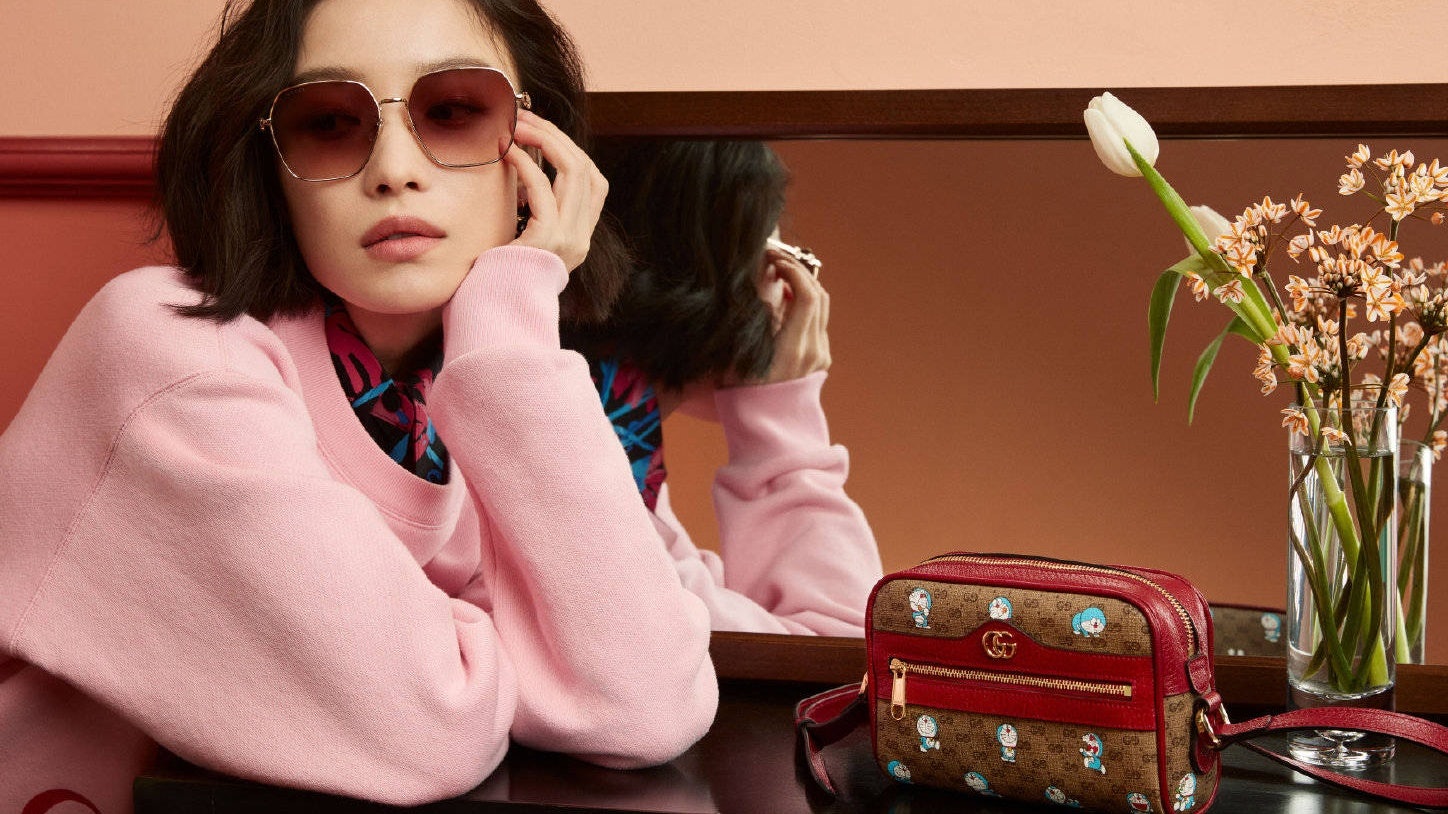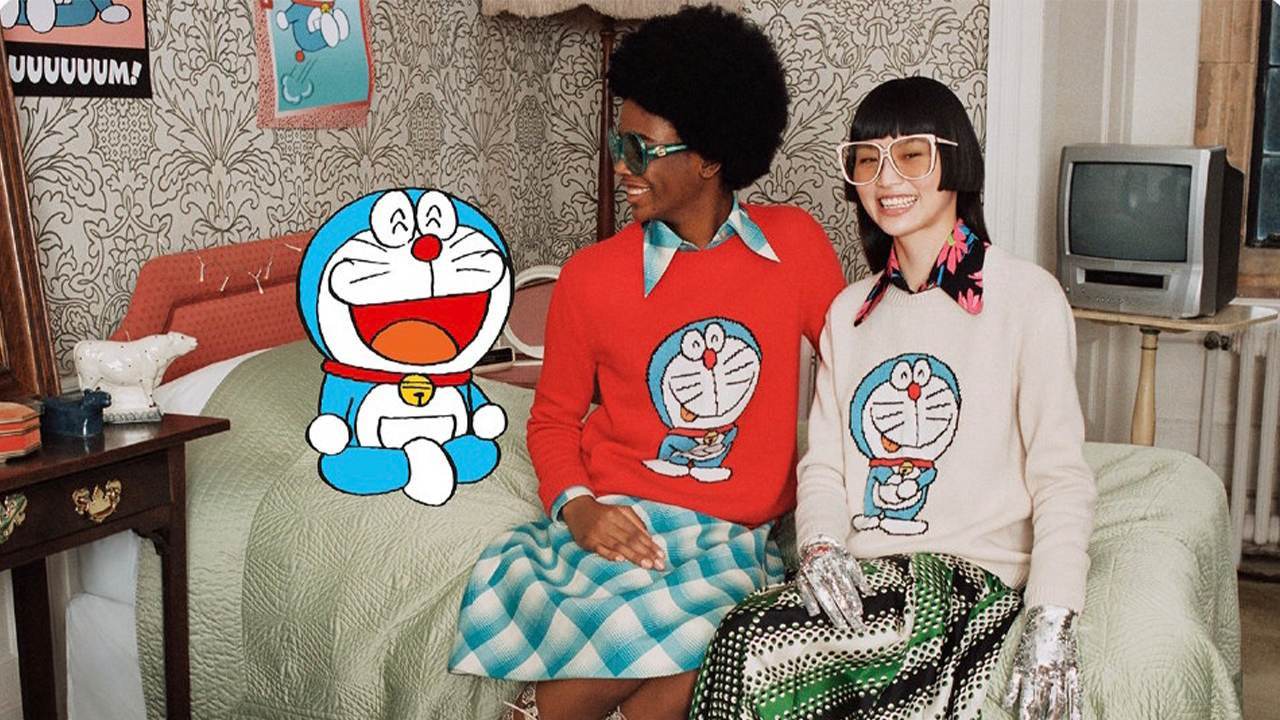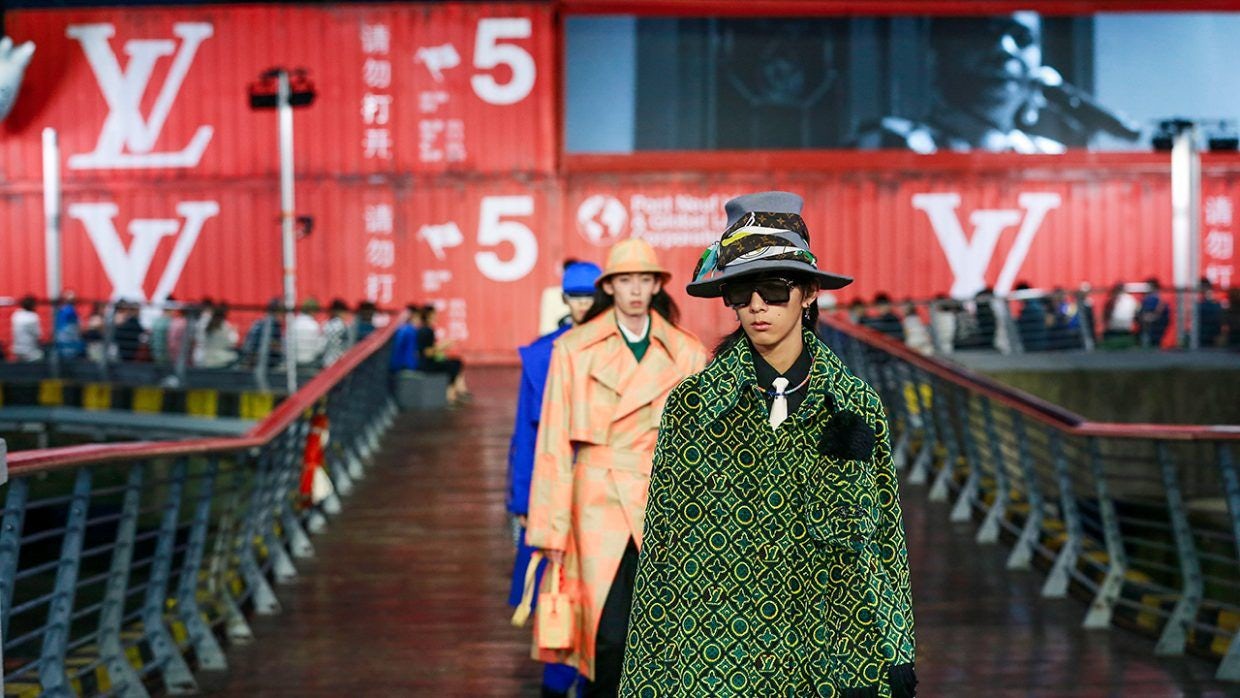All eyes were on the recent release of Gucci’s 2020 annual results to see whether the company could bounce back from the Covid-imposed fallout that swept through the luxury industry. But observers expecting the company to return to growth were disappointed as the Italian luxury giant announced a 10.4% year-on-year drop in fourth-quarter revenue, with North America and Europe recording significant declines.
Gucci reported annual revenue of 7.4 billion Euros (9 billion) in 2020, a 22.7% drop from the previous year. Those results weren’t just bad for the brand itself, they were a drag on parent Kering, which depends on Gucci for roughly 60% of group revenue.
But looking through Kering’s 2020 financial report, it is clear that Gucci’s performance is far from uniform across global markets. While the brand saw overall sales in the Asia-Pacific region shrink by 8.1% for the full year, sales were up more than 9% in the second half of 2020, powered chiefly by strong growth starting in mid-April in China, where Gucci’s online sales doubled compared to 2019.
And, interestingly, the luxury e-commerce boom in China did not cannibalize in-store sales. Domestic retail luxury shopping was also boosted as a result of travel restrictions that prevented consumers from making their big-ticket purchases on overseas trips to Europe, Japan, and the United States.
Reviewing Gucci’s activities for 2020, it quickly becomes clear that the brand is one of the best in the world at applying content-commerce marketing and sales strategies, begging the question: why didn’t Gucci do even better in 2020?
Leveraging the “clever collaboration” trend also used by competitors like the LVMH-owned Loewe, which recently launched a collection with My Neighbor Totoro, Gucci recently unveiled a Doraemon collaboration for the Year of the Ox, which proved to be a hit in China, and has also teamed up with The North Face and Pokémon Go on global initiatives.
The brand has also been upping its digital focus in China through its ongoing tech-oriented partnership with Tencent and the debut of an official flagship store on Alibaba’s Tmall Luxury Pavilion in December 2020.
Content creation figures heavily in the equation, such as through its GucciFest online film festival in November, which featured films for Chinese designers Rui Zhou and Yueqi Qi in its global lineup, or the “FM520 Gucci radio station” and “520 Gucci Stories” campaign for last year’s May 20 Chinese Valentine’s Day.
Also savvily noting the growing spending power of China’s ACG (Anime, Comics, and Games) enthusiasts, Gucci joined Chanel Beauty as a luxury pioneer in investing in ads shown on video streamer Bilibili’s opening screen, and tapping the esports community via the aforementioned Pokémon Go collaboration. The brand also adapted the Chinese e-commerce livestreaming model globally with the rollout of personalized live video shopping, while using livestreaming to present its Epilogue collection across various Chinese platforms such as Weibo, drawing an audience of more than 16 million.
Another trend that Gucci jumped on last year was the growth of secondhand luxury, inking partnerships with third-party platforms such as The RealReal in October to offer something akin to “certified pre-owned” items. The brand even got in on the luxury food trend, opening a branch of its Gucci Osteria restaurant above its Beverly Hills flagship, with more planned for this year.
Gucci has clearly thrown everything at the wall, especially in China, to fuel hype for its new collections through slick influencer and celebrity marketing campaigns and ultimately entice consumers to shop both online and in stores. And while this clearly had an effect on year-end revenue, considering the growth seen in China, could Gucci have done better globally?
Besides the obvious blame on Covid-19 for tightening consumers’ purse-strings and dampening enthusiasm for shopping, there are indications that Gucci can and should tighten up its sales and marketing approach. As Daniel Langer recently wrote for Jing Daily, Gucci still needs to up its game in digital retail and work harder to improve its in-store experience, which does not fully dovetail with Gucci’s bold brand image.
But beyond that, it is clear that Gucci has become far dependent on Chinese shoppers to buoy global sales. According to Kering’s 2020 annual results, despite Gucci’s momentum in South Korea, overall sales in the market remained stubbornly low due to the lack of Chinese tourist-shoppers, noting the brand’s reliance on duty-free business in the country. A single-minded focus on Chinese tourists is simply unsustainable, threatening to alienate local shoppers and subject to the risks of outside forces such as the coronavirus pandemic or the occasional diplomatic spats that break out between China and South Korea.
The other issue with Gucci’s global strategy — seen most starkly in China — is that the company may be spreading itself too thin. Despite an expansive content-commerce strategy that covers virtually every base, Gucci may create a scattershot impression, in contrast to the laser-like focus shown by creative director Alessandro Michele in revamping the brand after he took over in 2015.
But a bigger question that could have a longer-term impact on the brand is whether it is seeing the early signs of consumer fatigue. While Michele’s retro-inspired, colorful looks were a breath of fresh air in 2015, it’s now 2021, and more luxury consumers are demanding minimal yet ultra-high-quality styles (commensurate with our current work-from-home lifestyles) — a point that is perhaps borne out by the 4% growth in 2020 revenue seen at fellow Kering label Bottega Veneta.
This post originally appeared on Content Commerce Insider, our sister publication on branded entertainment.



